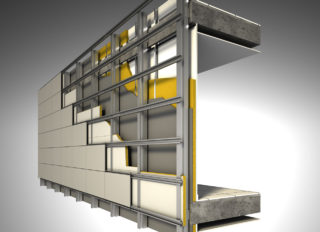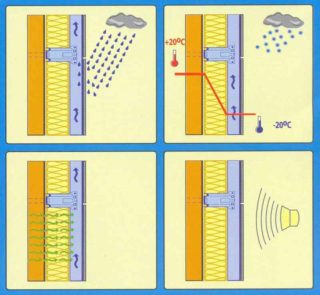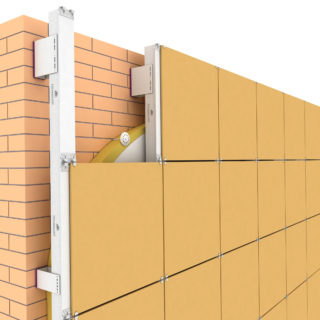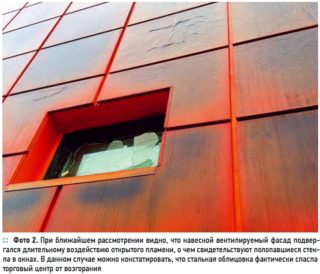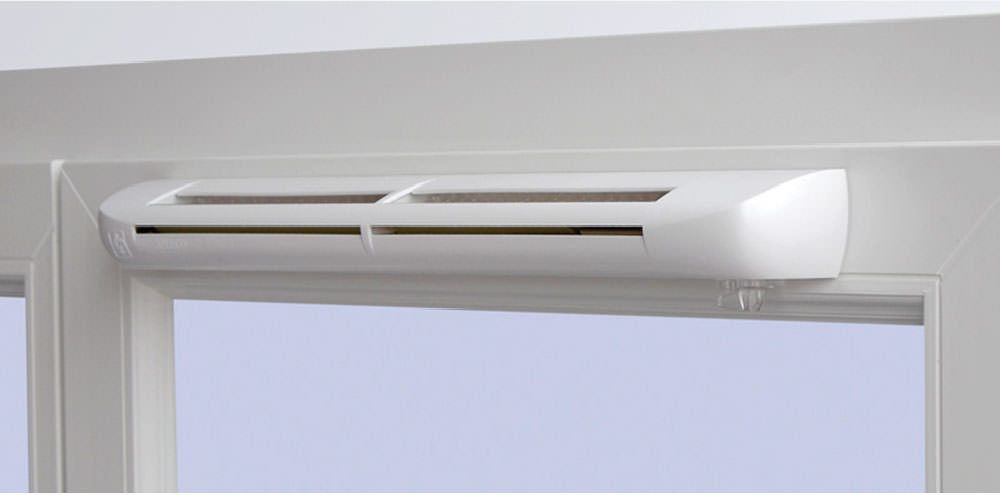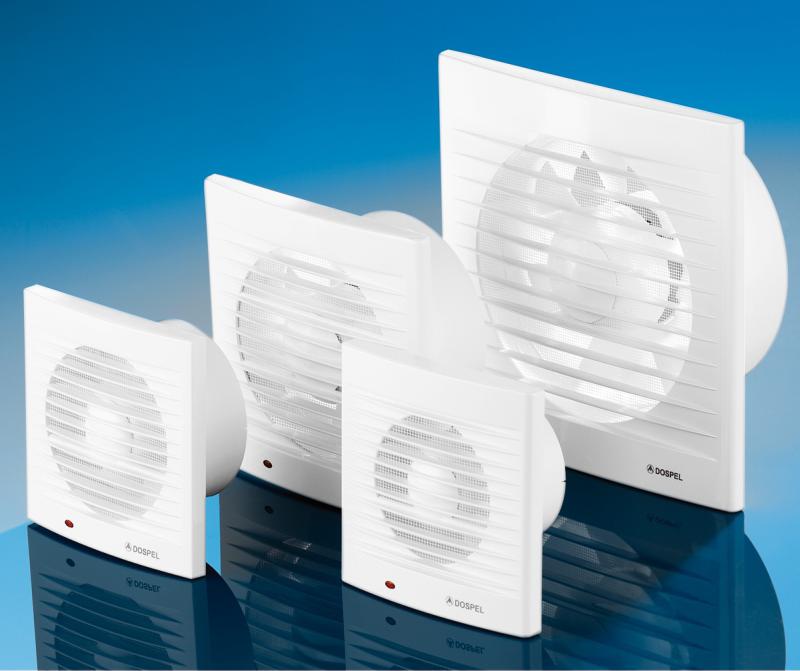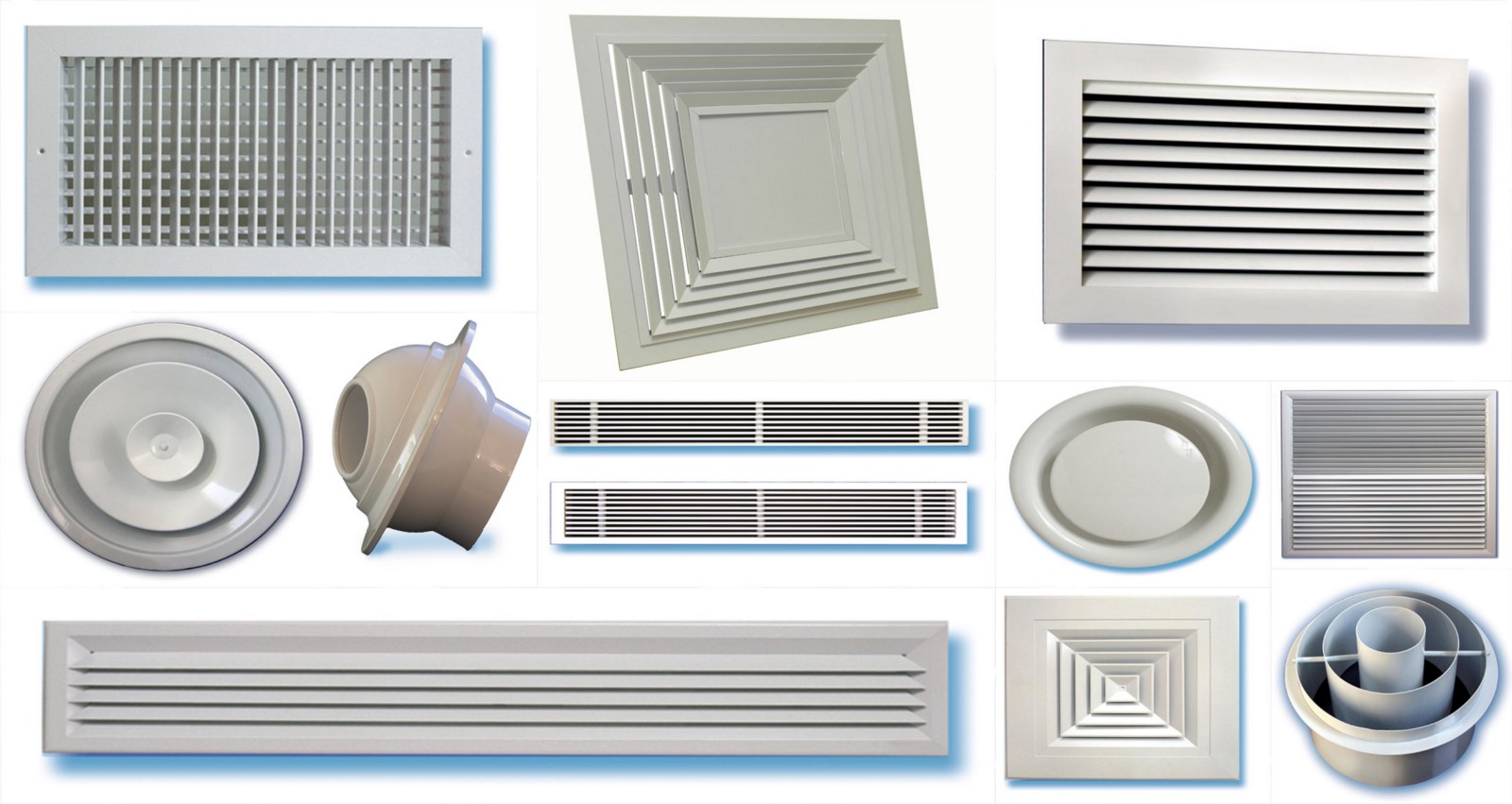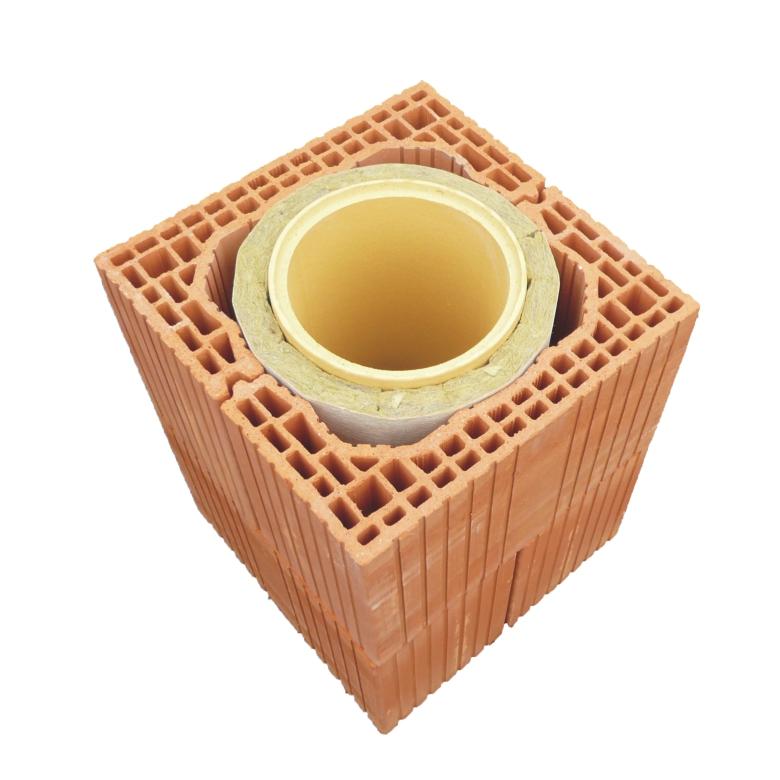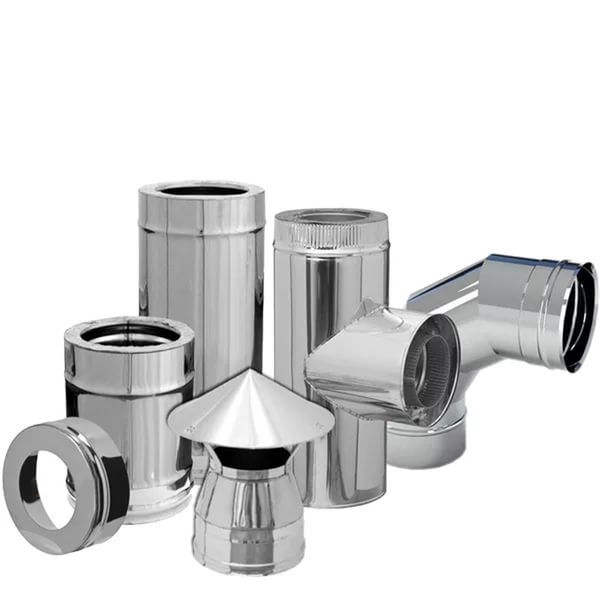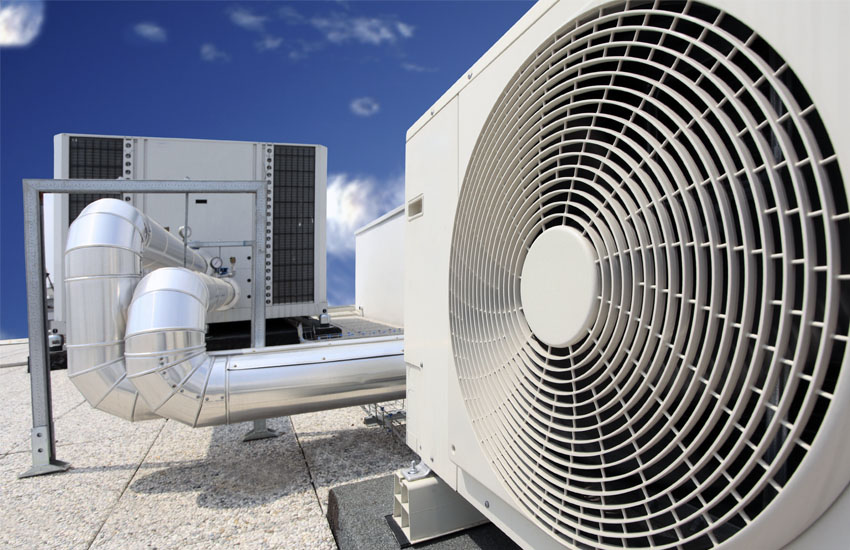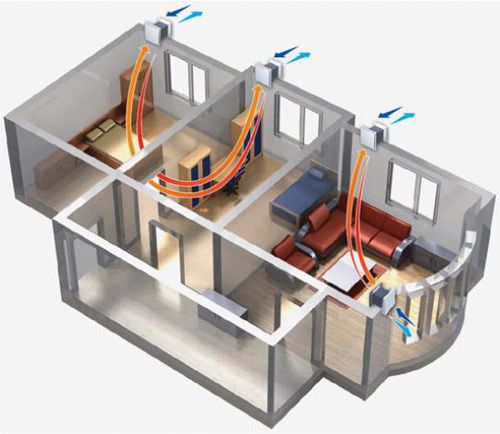The technology of hinged ventilated facades (RVF) originated in Germany. It turned out to be so effective and efficient that within a short time it won the preference of many builders and customers around the world.
General idea
Efficiency of the system of curtain ventilated facades
IWF is a highly efficient two-stage system. It protects the walls of buildings and structures from atmospheric phenomena and wind, prevents the formation and accumulation of moisture inside the load-bearing walls of buildings, performs the functions of thermal insulation and noise absorption. Depending on the used facing covering, illegal armed groups provide one or another degree of protection against aggressive physical impact of winds, rain, snow. In the conditions of Russia, the walls of houses are exposed to the destructive effects of moisture. To avoid this, the empty space between the cladding surface and the walls serves for the free removal of atmospheric and condensation moisture from the facade. When designing buildings, you can accurately calculate what kind of insulation is required. The materials used for facades have their own specific characteristics of thermal conductivity, so it is not a problem for specialists to calculate the effective IAF for a specific building.
Protection from wind and precipitation
Thermal insulation
Due to the fact that the insulation is protected directly from the effects of precipitation and wind (i.e. it remains dry), a low degree of thermal conductivity is ensured. The insulation material is protected from atmospheric moisture, which ensures high thermal insulation properties. In addition, the ventilation duct between the facade surface and the insulation material is also a cushion that prevents energy losses. As a result, the two-stage thermal insulation design provides lower thermal conductivity. In summer, ventilated facades protect the walls from thermal stress.
Dew point
An important point in the operation of buildings is the dew point. When using an IAF, the dew point is formed precisely at the level of the insulation. In other thermal insulation systems, the dew point is inside the walls. Why is it dangerous? The dew point is where moisture condenses. In winter, in a poorly insulated structure, moisture can condense not only inside the load-bearing walls, but also in the room itself. Both options are equally unacceptable, since the walls are exposed to the damaging effects of moisture. In the case of ventilated facades, there is an opportunity to extend the service life of buildings and structures, and during repairs and in the design of new construction - to save building material for external walls.
Sound insulating properties
Aesthetic look
The variety of materials used for ventilated facades allows you to give the building any stylistic color. The facades of illegal armed groups are used for all types of buildings and structures. Administrative, industrial, residential buildings - there are practically no restrictions for the use of hinged ventilated facades.
Fire safety
Resistance to deforming influences
In addition to the fact that for the installation of illegal armed groups there are no strict requirements for the surface of the bearing walls, as is necessary for plastering, the installation allows you to visually eliminate the deformation of the walls of the structure.
Durability
The service life of suspended ventilated facades is comparable to the service life of buildings. The standard terms of the maintenance-free "life" of illegal armed groups are from 25 to 50 years.

